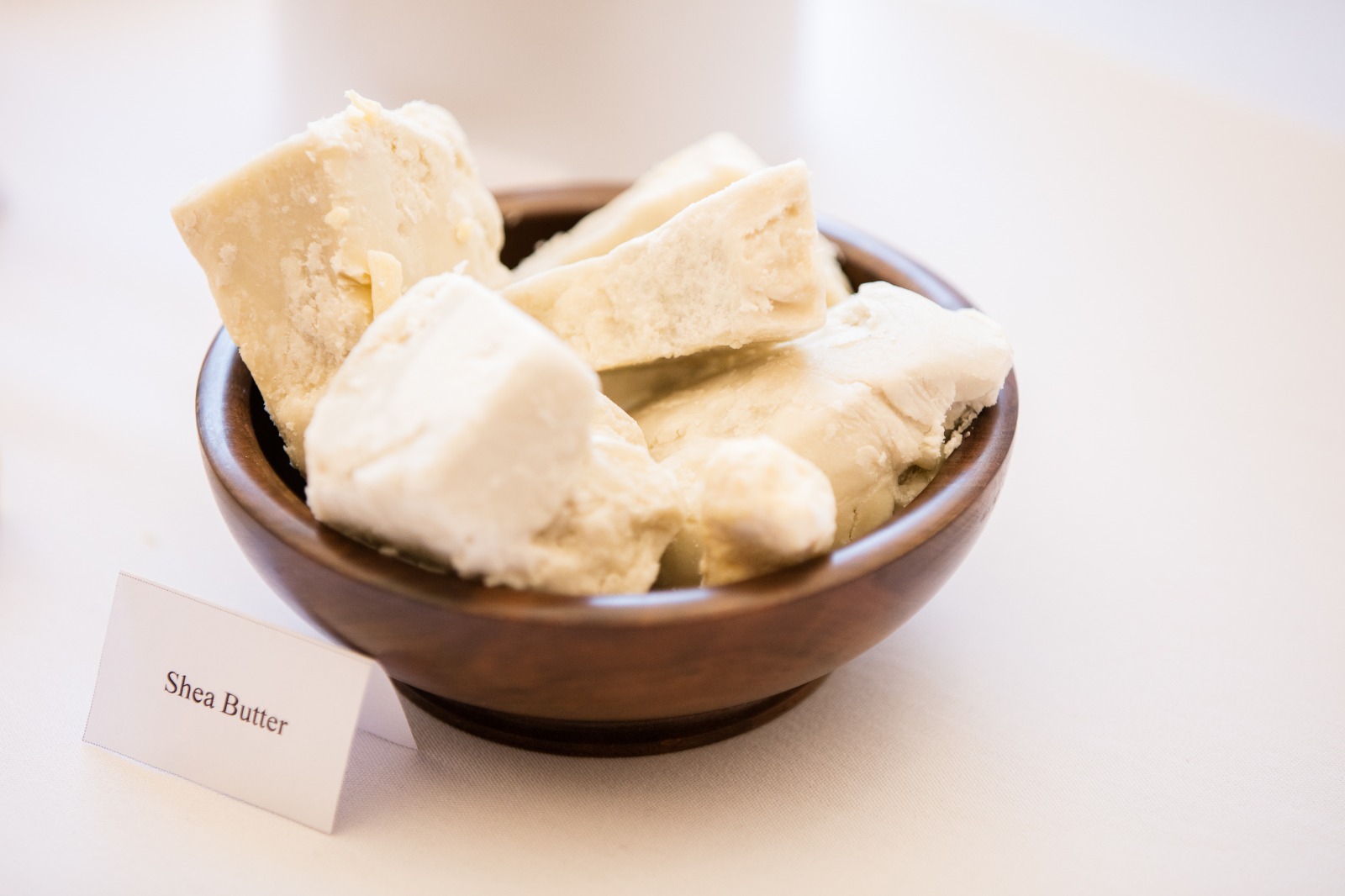In 2017, an African standard for unrefined shea butter was approved for the food industry. However, at present, there is no official grading system for shea butter for the cosmetics industry. The Global Shea Alliance has developed a standard only for shea kernels, along with providing guidance on best practices for the production of quality shea nuts. The African Organisation for Standardisation is currently in the process of developing a standard for shea butter.
The production process is important for shea butter. The product you export to the cosmetics industry should have a low Free Fatty Acid content (FFA <0.75%), low peroxide value (preferably <1 milliequivalent per kg), low impurities (<0.1%), and low moisture content (<0.1%), for refined butter. Work towards meeting these suggested quality requirements. You should also speak to European buyers and find out their preferences and specifications so your end product meets those as well.
West African and East African shea butter have different qualities. West African shea butter has a higher melting point, higher concentration of vitamin A and sterol, a lower concentration of oleic acid, and is also harder in consistency in comparison with East African shea butter. In comparison with West African shea butter, the East African variety spreads more easily, is more liquid and yellow in color, has a lower melting point, a higher concentration of oleic acid and has a softer and creamier texture.
A European importer who tried both types of shea butter said in an interview for this report: ‘I prefer, and my customers also prefer the West African (shea butter) because of the consistency; the East African shea butter is too soft and does not work very well in certain formulations’.
Thus, if you are an exporter of either West African or East African shea butter, the differences between the two is something you may want to highlight to European buyers, who may have specific requirements depending on their intended use in specific formulations.
Quality consistency is important to European buyers of shea butter as it is central to the production of cosmetics. Buyers, therefore, prefer a standardized high-quality shea butter product across all orders in suitable packaging according to each order volume. For example, high-quality shea butter in a container that can hold 25 kilograms for an order of that size. Noramlly, this is the standard size box a wholesaler would receive from an African distributor.




